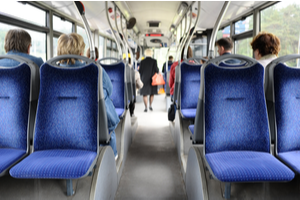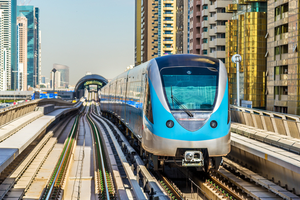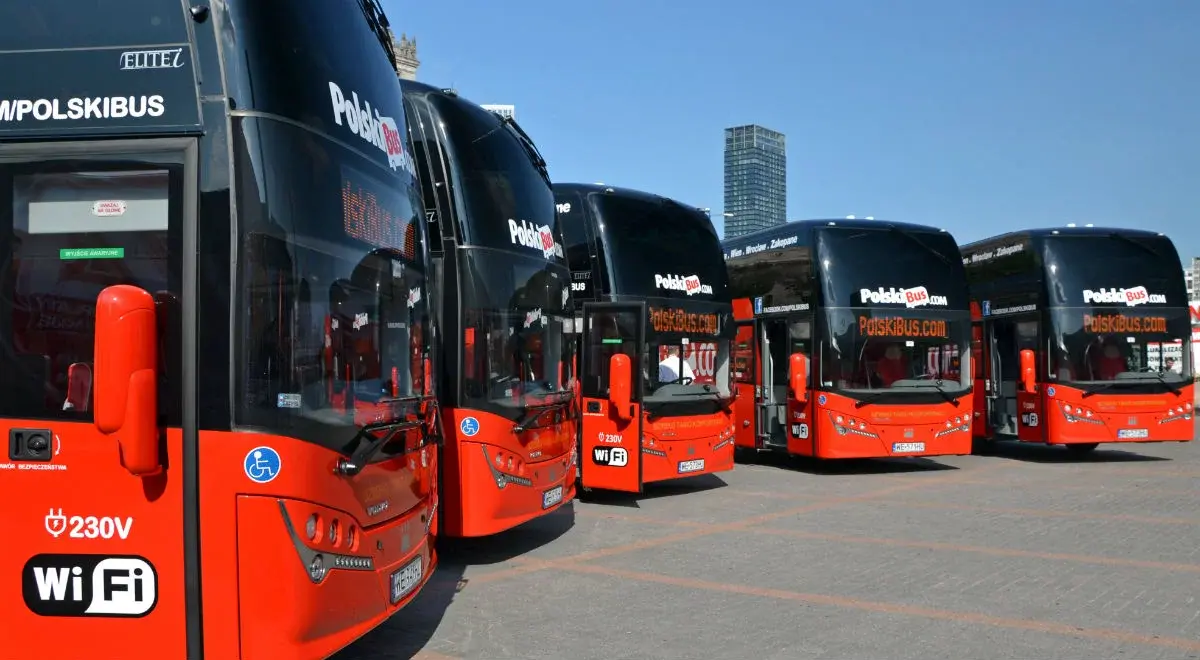 The world’s population is continuously increasing in cities: 53% of it currently lives in urban areas, and this number is expected to reach 67% by 2050. This growing urbanization leads to increasing demand for transportation, which requires a corresponding increase in mass transit supply. Using systems for counting people and analyzing passenger behavior can foster an orderly growth in urban transport.
The world’s population is continuously increasing in cities: 53% of it currently lives in urban areas, and this number is expected to reach 67% by 2050. This growing urbanization leads to increasing demand for transportation, which requires a corresponding increase in mass transit supply. Using systems for counting people and analyzing passenger behavior can foster an orderly growth in urban transport.
Thanks to people counters and innovative Passenger Analytics tools, urban areas can ensure efficient and sustainable public transportation systems.
Passenger demand is the key to planning efficient public transportation networks. However, there is usually a lack of information that results in a public transport service that is not aligned with passengers’ actual needs, which causes overcrowding, long waiting times, and inefficient over provision. Ultimately, the results are costly while the users are dissatisfied.
Traditionally, information regarding passenger demand is collected through manual procedures like surveys, on-board questionnaires, or manual counting, which only provides a point in time information relating to specific periods.
However, nowadays with people counters, passengers’ behavior can be known, and public transport can be improved drastically.
Automatic Passenger Counting sensors use people counting sensors to automatically count passengers as they board and get off a bus, train, light rail, or other public transit systems at each stop or station. They are also used to record times at each stop, thus providing disaggregate data well suited for service planning and scheduling purposes.
and get off a bus, train, light rail, or other public transit systems at each stop or station. They are also used to record times at each stop, thus providing disaggregate data well suited for service planning and scheduling purposes.
The Ultima AI People Counting sensor is over 99% accurate. In addition to accuracy, bikes, luggage, adults, and children can be easily differentiated for pure data.
Real-time occupancy systems like VCare provide live occupancy counts to know how many people are on each bus and help stay within social distancing rules and recommendations.
Why Count Passengers?
There are many benefits to implementing automatic passenger counting:
- Reduction of travel times.
- Increase in user satisfaction.
- Increase in the number of passengers.
- Reduction of traffic congestions and greenhouse emissions.
- Significant cost savings in labor-intensive manual procedures.
- Respect privacy concerns.
- Utilize the maximum capacity of a passenger vehicle.
- Obtain information for forecasting and service-related decisions.
- Analyze key performance indicators like passengers per mile and cost per passenger.
- Record times spent waiting at each stop.
- Monitor passenger numbers over time.
- Justify grants.
- Reliable data at a low cost, regardless of how busy the service is.
- Monitor live occupancy to follow social distancing and ensure safety.
- Increase resource availability.
- Route optimization.
- Manage seat allocation.
- Maximize the value of available space.
- Demand-based staff deployment and scheduling.
- Generate metrics like security wait time per passenger, check-in wait time per passenger, revenue per passenger/employee, expense per passenger/employee, delays caused by security, and peak traffic hours.
These metrics help in terminal operations, gate planning, queue management, rental management for shopping areas, and timetables for flights, trains, buses, fire drills, and service & facility management.
Counting People Around Stations
In addition to counting passengers as they get on and off public transportation, the counting system can also monitor passenger flow around stations and show current occupancy levels.
Queues can be monitored to show the number of people currently waiting in line, along with the average queuing time.
V-Count’s zone analytics system can also show activity per zone to know where people linger and for how long, which entrances and areas have the most traffic, and at which times of the day. And, for retailers on the station, count footfall both going past and into each retail store.






